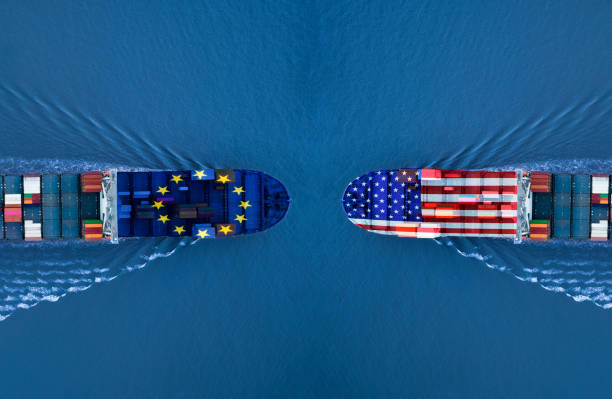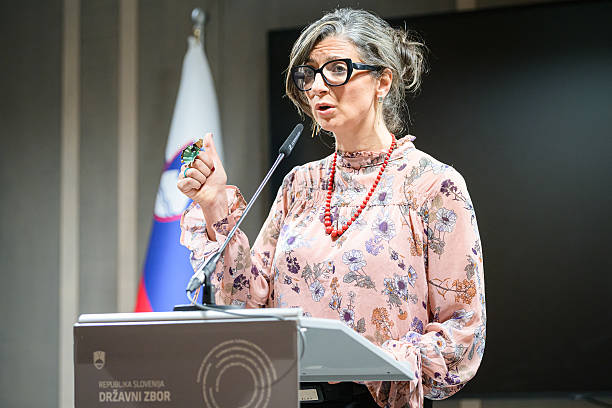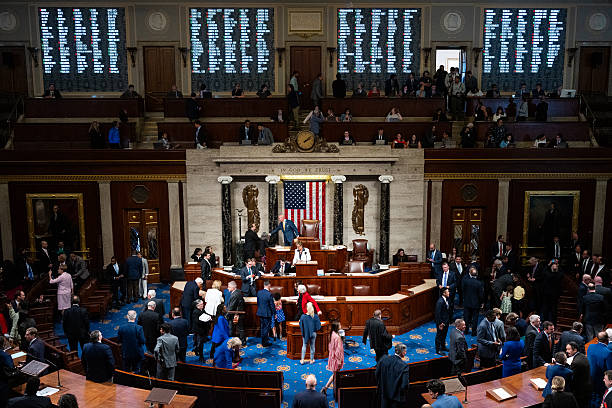By: Sahra Mohamed
President Donald Trump’s recent decision to impose a 25% tariff on steel and aluminum imports has led to swift responses from Canada, the European Union, and Mexico. These measures have escalated trade tensions and concerns about the future of international trade relations. In retaliation, Canada announced tariffs on $21 billion worth of U.S. goods. This action is in addition to the $29.8 billion in counter-tariffs Canada applied earlier in March, following disputes over other trade issues, as reported in Politico.
Mark Carney, Canada’s incoming prime minister, has made it clear that the country’s independence is non-negotiable, rejecting any suggestion of an economic merger with the United States. Carney, a former head of both the Bank of Canada and the Bank of England, became leader of the Liberal Party on March 9, 2025, following Justin Trudeau’s resignation. Speaking to reporters in Hamilton on March 12, Carney said “I am ready to sit down with President Trump at the appropriate time under a position where there is respect for Canadian sovereignty and we are working for a common, more comprehensive approach to trade.” Mark Carney’s time as Prime Minister will depend on the results of the upcoming federal election.
The European Union has also responded to Trump’s tariffs, announcing plans to impose tariffs on U.S. goods. These countermeasures target €26 billion in American exports, which could pressure the U.S. to reconsider its position. European officials have argued that these tariffs are necessary to protect European businesses from unfair trade restrictions. Similar to the European Union, Mexico has criticized the U.S. tariffs on steel and aluminum, calling them unjustified and harmful to the North American trade. According to Reuters, President Claudia Sheinbaum, said Mexico will wait until the April 2 deadline before deciding on any response, aiming to resolve the issue through talks with U.S. officials. Foreign Minister Marcelo Ebrard, emphasized that Mexico is focused on diplomacy but will take action if necessary.
Ontario Premier Doug Ford, responded to the tariffs by proposing a 25% tariff on electricity exports to U.S. states such as New York, Minnesota, and Michigan, where Ontario provides power to about 1.5 million homes. This was seen as a way for Canada to push back against U.S. tariffs. However, Ford later paused the proposal and announced plans to meet with the U.S. Secretary of Commerce Howard Lutnick and Canadian Finance Minister Dominic LeBlanc in Washington, indicating that Canada remains open to negotiations. The ongoing trade tensions have led to more discussions about the United States-Mexico-Canada Agreement (USMCA), with Ford, Lutnick, and LeBlanc set to negotiate potential adjustments. Ford has called his response to the tariffs a way to protect Ontario’s economy, warning that unfair trade practices could hurt industries on both sides of the border.
The trade dispute has raised concerns about economic instability and the future of North American trade. As Canada, Europe, and Mexico retaliate, the coming weeks will determine if negotiations lead to a resolution. Political and business leaders will have to weigh the economic impact of a long trade war. As things unfold, the balance between local politics and global trade will greatly affect Canada’s economy. Leaders like Mark Carney and Doug Ford will play an important role in handling these challenges and guiding Canada’s response to Trump’s tariffs.










